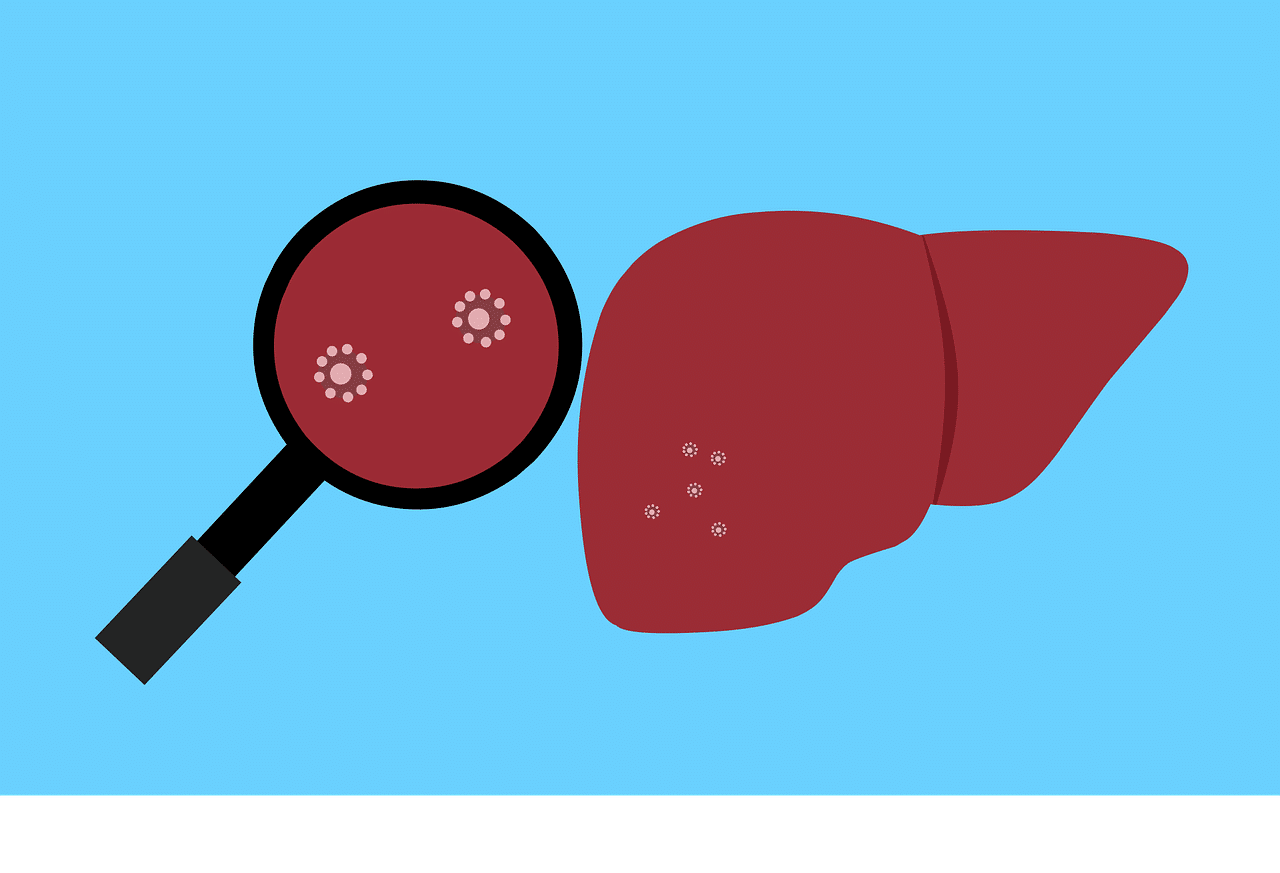The American College of Radiology has recently announced that the radiation dosage levels in Americans are decreasing in spite of more aging individuals in the country.
The Image Gently campaigns for awareness, collaboration within radiological and industrial scales, advancements in technologies for low-dose, increase in the ACR Dose Index Registry, and accrediting facilities for imaging coming under the paradigm of Medicare are some impactful values that created a 15 to 20 percent decrease in the dose for medical radiations by the Americans.
This is a significant decline, which is acknowledged in the new National Council on Radiation Protection and Measurements – NCRP – report 184 that got released recently.
The American College of Radiology is pleased to announce that the radiation dosage levels in Americans are decreasing in spite of more aging individuals in the country.
The radiological department goes on to analyze more upcoming chances for the further reduction in doses of all types – collective and individual – while making advancement in contributing a good quality imaging facility for individuals. There is an expectation regarding this trend to continue with the technological advancements and betterment in imaging optimization.
Research shows that examination for medical imaging has a direct connection with a better life expectancy rate and a decrease in the mortality rate. These types of scans decrease invasive surgeries, unwanted visits to hospitals, and the duration of stay.
The delayed mandate from the federal authorities stating that providers do a consultation with Appropriate Use Criteria before ordering better developed diagnostic imaging for patients under Medicare would be only extending the trend.
Ongoing studies at the University of Virginia, Partners for Healthcare, and the Institute for Clinical Systems Improvement show that the clinical decisions based on Appropriate Use Criteria on support use enhance imaging appropriateness that can be preventative in unwanted exposure to radiation and a decrease in the cost.
The report contains fact-based information for enabling lawmakers, radiology communities, and patients to make better health care decisions. However, there is a need to build this success by complying with the new AUC mandate to ensure more logical steps are taken regarding this matter.
Recently, a National Bureau of Economic Research suggested that Americans having better access and facilities for medical imaging technology have better life expectancy rates in comparison to those individuals who are not facilitated enough with it.
The facilities are positive that imaging is essential for any modern health care protocol, and there is a need to work more carefully for optimizing the dose for medical radiation. It will make sure that more patients have better access to better health care with no delay.
The American College of Radiology is an organization having around 40,000 experts in radiology, oncologists, and physicians who are aimed at serving society and patients through the empowerment of experts relating to radiology for better advancements in terms of radiological care.
A provision of better aid in medical imaging with a focused health care team and technological advancement will further improve the overall diagnostic regimen of the American health care system.


